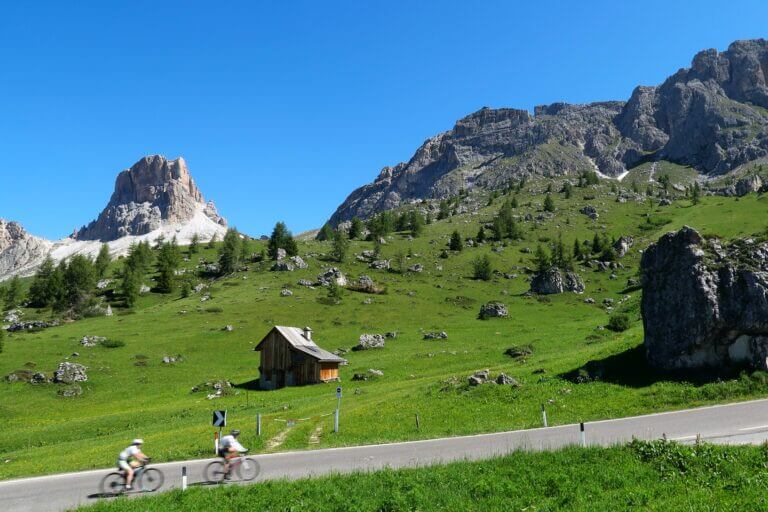If you’re seeking an adventure that combines your passion for cycling with breathtaking landscapes and unforgettable experiences, a cycling holiday in Europe is the perfect choice for a cycling holiday.
Whether you seek a training camp to push your limits, a rejuvenating escape from cold weather, or a leisure cyclist looking to explore stunning landscapes on two wheels, Europe offers an array of destinations to cater to your cycling dreams.
We will take you on a journey through nine of the best cycling havens in Europe, where you can pedal through scenic routes, conquer legendary climbs, and immerse yourself in the rich culture that can’t be found anywhere else. So, dust off your bicycle, pack your adventurous spirit, and get ready for the cycling holiday of a lifetime!
1. Mallorca: A Cyclist’s Paradise
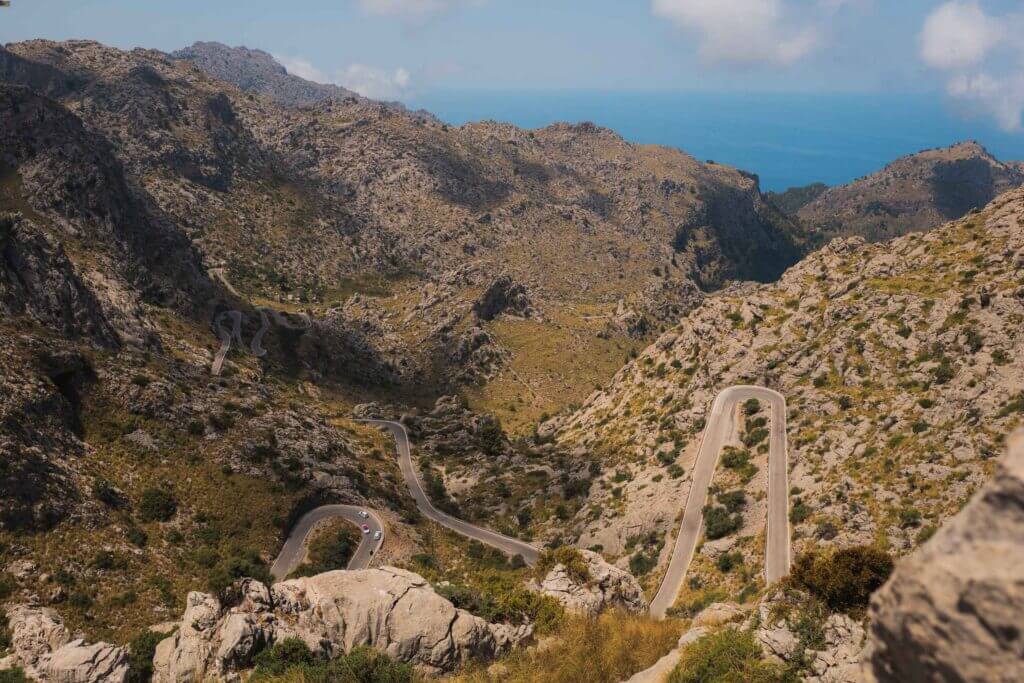
Best Time to Visit: Spring (April to June) and Autumn (September to November)
Typical Temperatures: 15-25°C (59-77°F)
Mallorca, the largest Balearic Island in the Mediterranean Sea, is a cyclist’s paradise with its enchanting blend of azure coastlines, lush mountains, and charming villages. Spring and autumn provide the best weather for cycling, with mild temperatures perfect for outdoor activities.
Whether you are a beginner or a seasoned rider, Mallorca caters to all levels of cyclists with a variety of routes to explore. Heading inland, you’ll discover rolling terrain with olive groves and almond orchards, while the coastline boasts scenic roads along the crystal-clear waters of the Mediterranean.
One of the highlights of cycling in Mallorca is conquering the iconic Sa Calobra, a legendary climb featuring a series of thrilling hairpin turns that lead to stunning sea views. The ascent is both challenging and rewarding, offering a sense of achievement upon reaching the top.
Another must-ride is the Coll de Sóller, surrounded by picturesque citrus groves, providing a challenging yet rewarding ascent with magnificent views of the surrounding countryside.
2. Girona, Spain: Pedal Through History
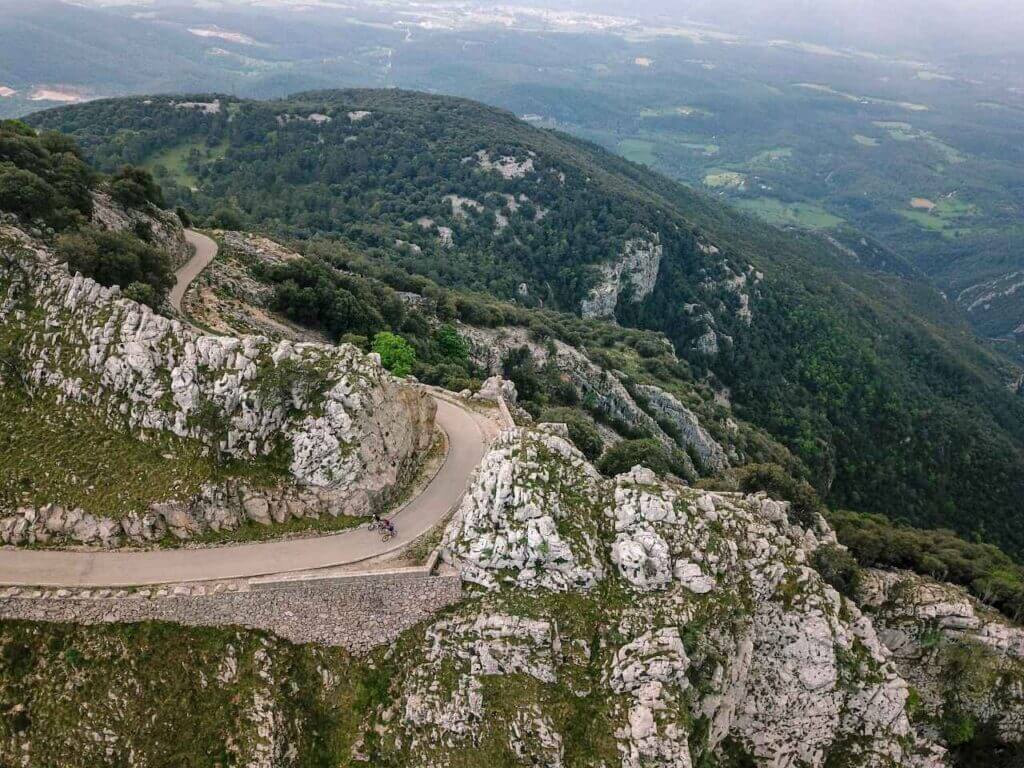
Best Time to Visit: Late Spring (May to June) and Early Autumn (September to October)
Typical Temperatures: 17-27°C (63-81°F)
Nestled in the northeast of Catalonia, Girona is a city steeped in medieval charm and is famous for being the training ground for numerous professional cyclists. Late spring and early autumn are the best times to visit, as the weather is pleasant, and you can avoid the summer crowds.
Girona’s modern cycling infrastructure, including dedicated cycling lanes and bike-friendly accommodations, makes it an ideal destination for cyclists. The city itself offers a captivating mix of cobbled streets, historic buildings, and bustling markets, perfect for leisurely rides through its charming neighborhoods.
As you explore Girona’s surroundings, you’ll encounter varied terrains, from gentle rolling hills to challenging mountain passes. One of the region’s highlights is the Rocacorba climb, known for its steady ascent and stunning panoramic views at the top. This challenging climb is a favorite among both locals and visiting cyclists, and reaching the summit rewards you with a sense of accomplishment and breathtaking vistas.
For a change of scenery, take on the Els Angels climb, a classic route that has become a staple among cyclists in the area. Surrounded by lush forests and picturesque landscapes, this climb offers a blend of beauty and challenge, making it an essential part of any cycling holiday in Girona.
3. Nice, France: French Riviera Cycling Extravaganza
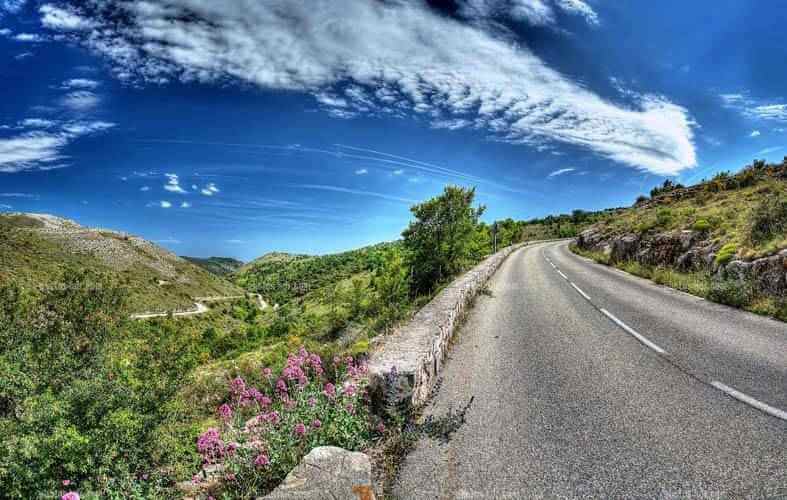
Best Time to Visit: Late Spring (May to June) and Early Autumn (September to October)
Typical Temperatures: 16-26°C (61-79°F)
Nice, located on the stunning French Riviera, offers a perfect blend of luxurious experiences and invigorating cycling routes. Late spring and early autumn provide the ideal weather for cycling, with warm temperatures and fewer tourists. The coastal roads of Nice boast breathtaking views of the Mediterranean Sea, making cycling along the coastline a surreal experience.
As you pedal along the shimmering blue waters, you’ll pass through charming towns, glamorous promenades, and bustling markets. The coastal route from Nice to Antibes offers a delightful ride with stunning sea views, while the scenic road to Villefranche-sur-Mer takes you through picturesque fishing villages.
For those seeking more challenging rides, venture into the picturesque countryside and take on the Col de Vence. Known for its scenic beauty and steady gradient, this climb rewards riders with magnificent views of the surrounding landscape.
Another famous climb in the region is Col d’Eze, a favorite among both amateurs and professionals. With its iconic switchbacks and panoramic vistas, this climb has often been featured in prestigious races like Paris-Nice.
4. Tuscany, Italy: The Art of Cycling
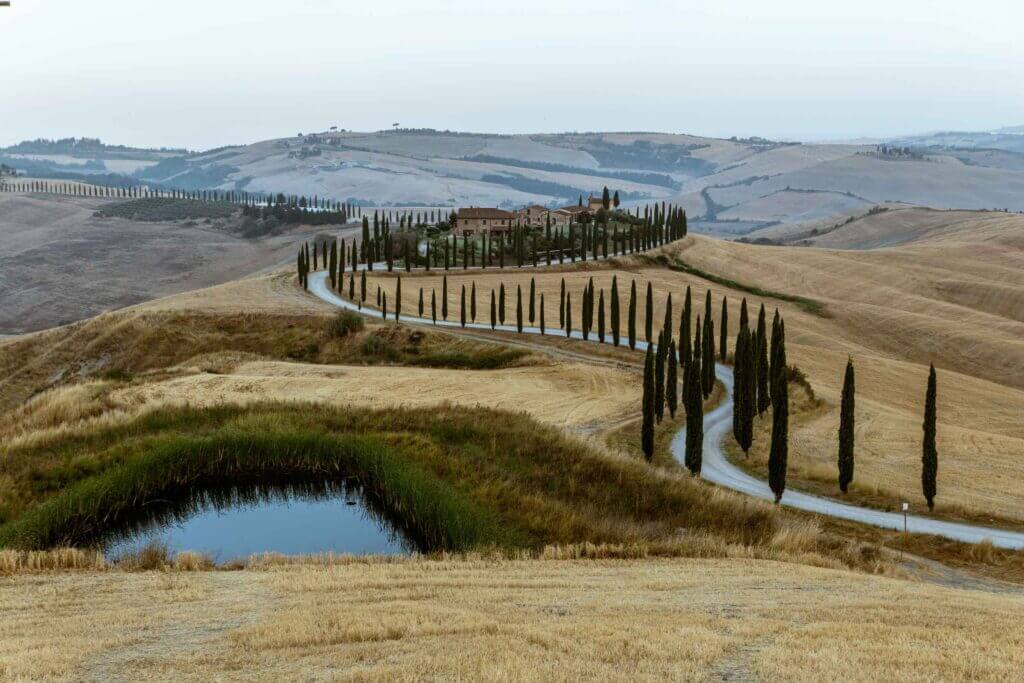
Best Time to Visit: Late Spring (April to June) and Early Autumn (September to November)
Typical Temperatures: 15-25°C (59-77°F)
Tuscany, with its rolling hills, vineyards, and historic towns, provides a captivating canvas for a cycling masterpiece. Late spring and early autumn are the best times to visit, as the weather is mild, and the landscape is adorned with colorful scenery. Tuscany’s rich cultural heritage adds to the allure of cycling through iconic cities like Florence, Siena, and Pisa, each offering a unique blend of history and art.
As you pedal through the Tuscan countryside, you’ll encounter vineyard-draped hills, olive groves, and charming medieval villages that seem to be frozen in time. The region’s idyllic landscapes make every cycling journey a delightful and photogenic experience.
One of the highlights of cycling in Tuscany is riding the famous Strade Bianche, or “white roads.” These unpaved gravel paths take cyclists through the heart of the region’s vineyards and cypress-lined avenues, offering a unique and immersive cycling experience. The Strade Bianche route is both challenging and rewarding, as the gravel surface adds an extra layer of excitement to the ride.
For those seeking a more demanding cycling challenge, the climb to Montalcino is a must-try. This hilltop town not only offers breathtaking panoramic views of the Tuscan countryside but is also renowned for its Brunello wine. The climb to Montalcino provides a sense of accomplishment as you reach the town’s ancient fortress, and the reward of indulging in some of Italy’s finest wines awaits you.
5. Pyrenees Mountains: Conquer the Peaks
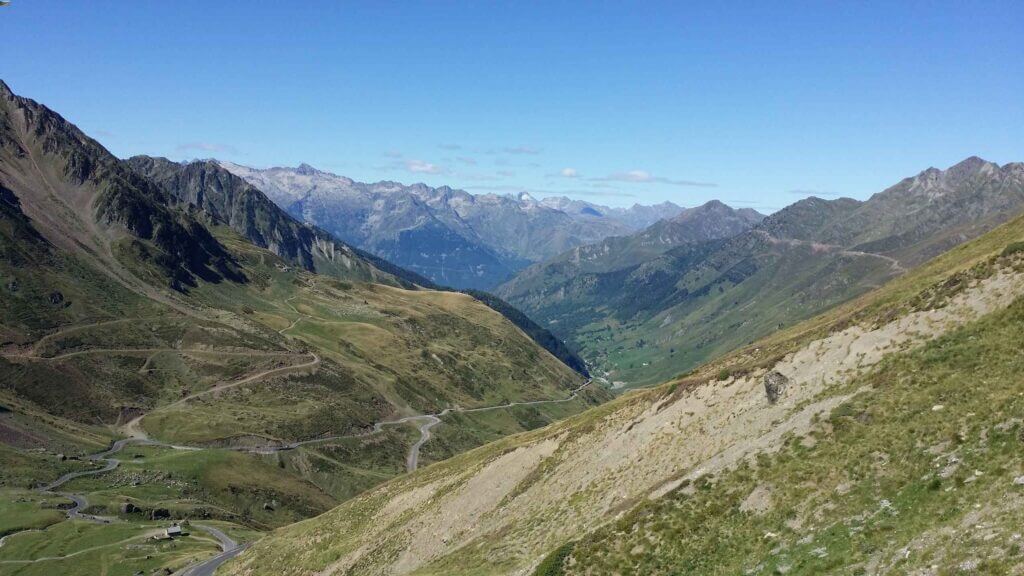
Best Time to Visit: Summer (June to August)
Typical Temperatures: 20-30°C (68-86°F)
For adrenaline-seeking cyclists, the Pyrenees Mountains offer an epic playground to test your limits. Summer provides the best weather for conquering these majestic peaks, offering a thrilling and challenging cycling experience. The Pyrenees act as a natural border between France and Spain, making for diverse routes and stunning vistas.
Cycling through the Pyrenees offers a unique opportunity to explore remote villages, high-altitude passes, and lush valleys. The region is home to some of the most iconic climbs in cycling history, drawing cyclists from all over the world to challenge themselves on these legendary roads.
The Col du Tourmalet is one of the most famous and challenging climbs in the Pyrenees. As the highest road pass in the French Pyrenees, it has been featured in numerous editions of the Tour de France, adding to its allure. The ascent to the summit of the Col du Tourmalet offers a mix of breathtaking scenery and a sense of achievement, making it a bucket-list climb for many cyclists.
Another legendary climb, the Col d’Aubisque, offers cyclists a true mountain experience. As you ride through the stunning landscapes of the Pyrenees National Park, you’ll be rewarded with awe-inspiring vistas and a feeling of being in harmony with nature.
6. Dolomites, Italy: Cycling in the Heart of the Alps
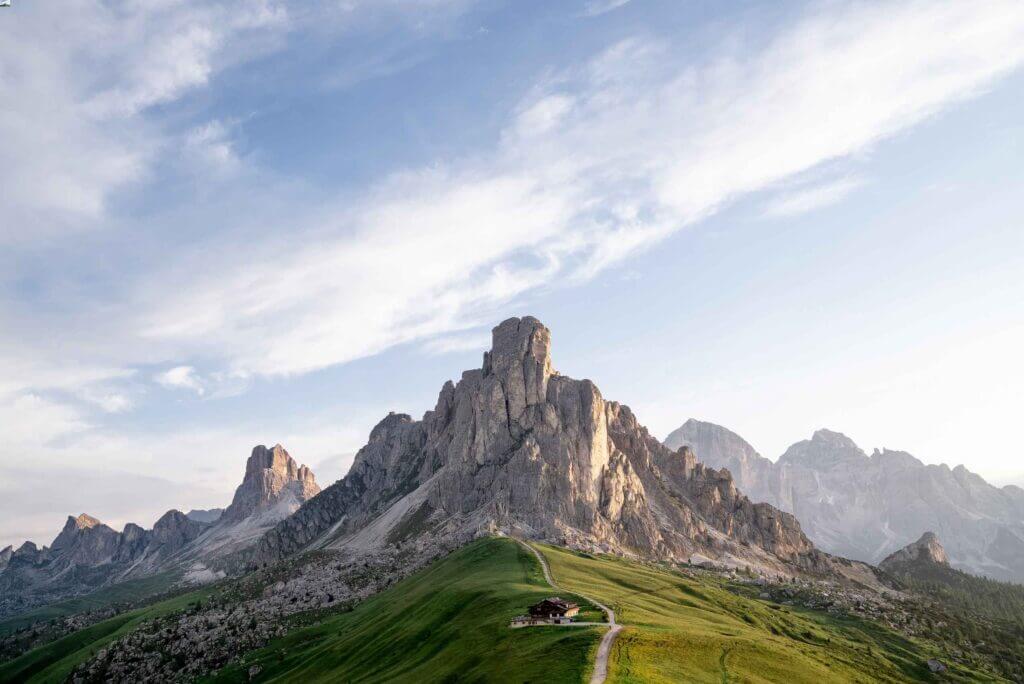
Best Time to Visit: Late Spring (May to June) and Summer (July to August)
Typical Temperatures: 15-25°C (59-77°F)
The Dolomites, a UNESCO World Heritage site, offer a unique alpine cycling experience that is sure to leave cyclists in awe of nature’s beauty. Late spring and summer provide the best conditions for exploring this breathtaking region, as the weather is pleasant, and the roads are accessible.
Cycling through the Dolomites takes you on a journey through a majestic landscape of towering peaks, deep valleys, and crystal-clear alpine lakes. The roads wind their way through the heart of the Alps, offering a challenging yet rewarding experience for cyclists of all levels.
One of the most sought-after climbs in the Dolomites is the Passo Giau, known for its challenging switchbacks and panoramic views from the top. As you ascend the Passo Giau, you’ll be surrounded by awe-inspiring vistas of the Dolomite mountain range, making the climb a true visual feast.
Another notable ascent, the Passo Pordoi, offers cyclists the opportunity to ride amidst the dramatic peaks of the Sella Group. The climb’s remarkable gradient and unparalleled Alpine landscapes make it a favorite among cycling enthusiasts.
7. Algarve, Portugal: Coastal Cycling Bliss

Best Time to Visit: Spring (April to June) and Autumn (September to November)
Typical Temperatures: 17-27°C (63-81°F)
Algarve, situated on Portugal’s southern coast, boasts sunny weather and breathtaking coastal routes that make it a cyclist’s dream destination. Spring and autumn offer pleasant temperatures, allowing for enjoyable rides along the coastline and through the picturesque countryside.
The Algarve region offers a diverse landscape, with its golden beaches, rugged cliffs, and lush mountains. Cycling along the scenic coastal roads allows you to soak in the beauty of the Atlantic Ocean while enjoying the refreshing sea breeze.
For those seeking a more challenging adventure, the Monchique Mountains offer an excellent opportunity to test your climbing skills. The ascent to the highest peak in the region, Foia, is a rewarding experience as it provides a bird’s-eye view of the Algarve coastline and the surrounding countryside.
Don’t miss the opportunity to ride to Cape St. Vincent, the southwesternmost point of Europe, where you can witness breathtaking sunsets over the Atlantic Ocean. The coastal route to this iconic location offers cyclists a sense of awe and wonder, making it a memorable part of any cycling holiday in Algarve.
8. Canary Islands: Year-Round Cycling Paradise
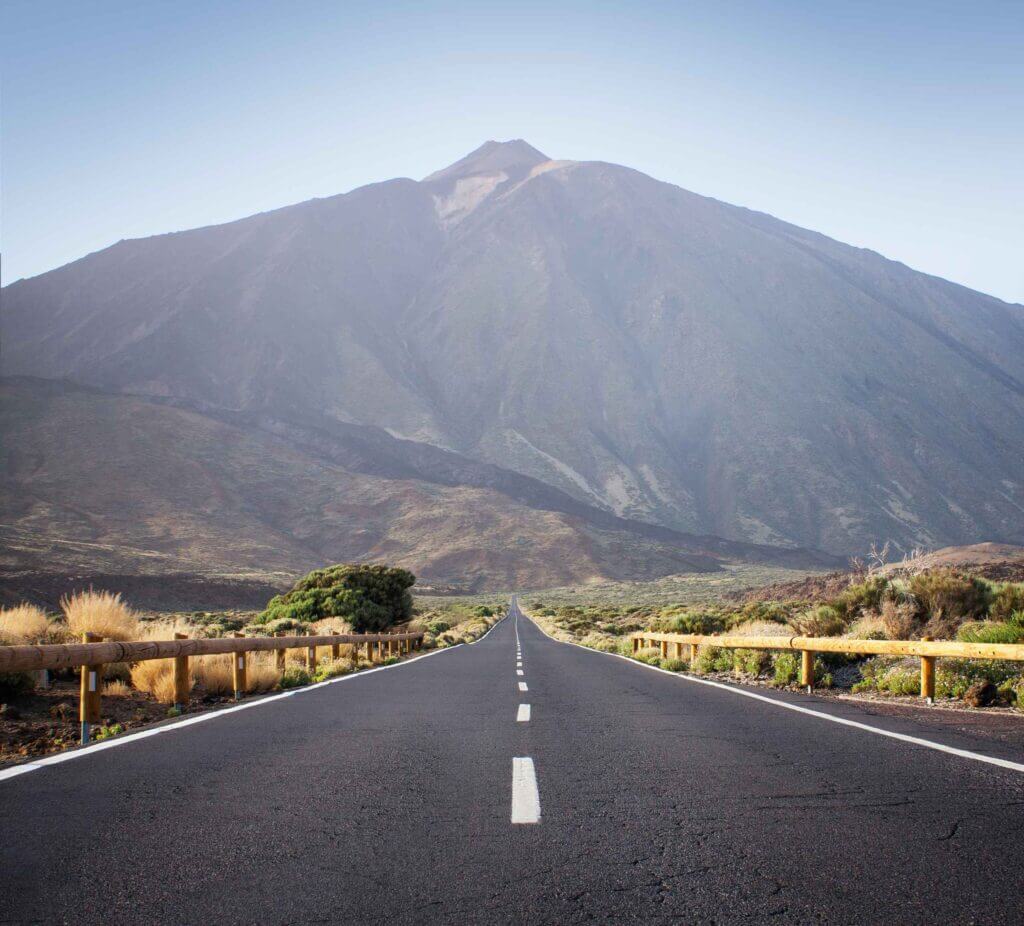
Best Time to Visit: Winter (December to February) and Spring (March to May)
Typical Temperatures: 20-25°C (68-77°F)
The Canary Islands offer a year-round haven for cyclists seeking winter training or warm-weather adventures. Winter and spring provide the best weather for exploring these diverse islands, making it a popular destination for cyclists escaping colder climates.
Tenerife, the largest of the Canary Islands, boasts Teide National Park, which features the volcanic Mount Teide, Spain’s highest peak. The climb to Mount Teide offers cyclists a unique experience of riding through lunar-like landscapes and above the clouds, creating a surreal and memorable journey.
Lanzarote, another Canary Island, offers a completely different terrain with its lunar-like landscapes and unique volcanic formations. Cyclists can pedal through the Timanfaya National Park, where the terrain mimics the surface of the moon, providing an otherworldly and unforgettable cycling experience.
9. Julian Alps, Slovenia: A Hidden Gem for Cyclists
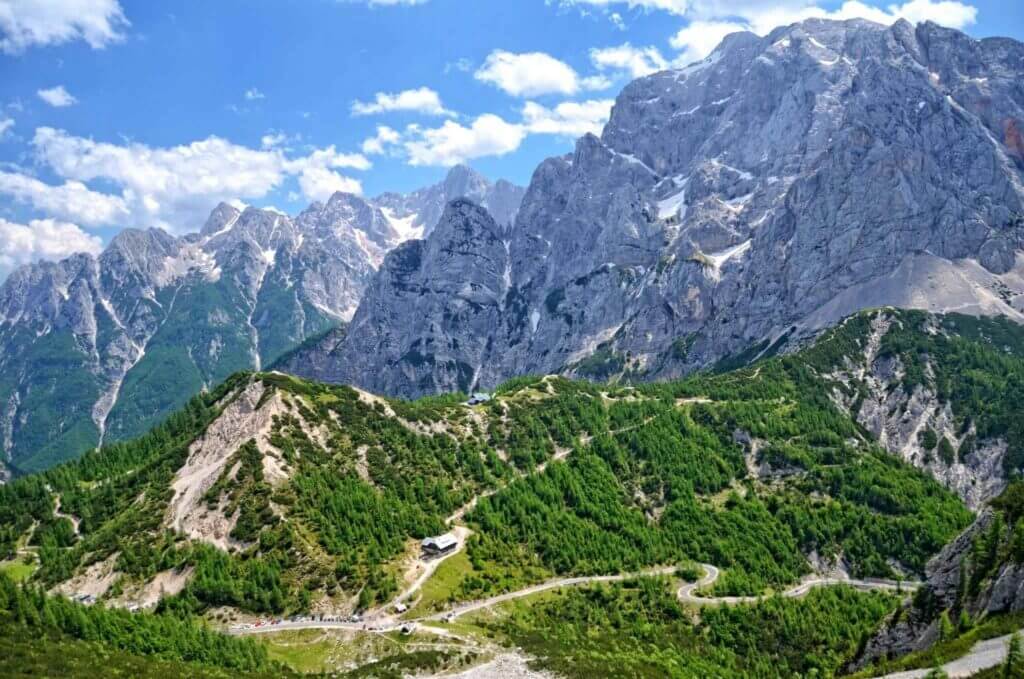
Best Time to Visit: Late Spring (May to June) and Summer (July to August)
Typical Temperatures: 15-25°C (59-77°F)
The Julian Alps in Slovenia offer a lesser-known but equally stunning alternative to popular cycling destinations. Late spring and summer provide the best weather for exploring this hidden gem. Experience the tranquility of the mountains as you pedal through pristine lakes, emerald rivers, and charming alpine towns.
The Vršič Pass, one of the most famous climbs in the Julian Alps, offers cyclists a challenge with its steep switchbacks and breathtaking views. As you ascend this iconic pass, you’ll be surrounded by the beauty of the Triglav National Park, providing a sense of serenity and connection to nature.
Another highlight of cycling in the Julian Alps is the Mangart Saddle, a thrilling and challenging climb that rewards riders with panoramic vistas of the jagged peaks and lush valleys. Cycling through this lesser-known region of Europe provides a sense of discovery and adventure, making it an ideal escape for cyclists seeking an off-the-beaten-path experience.
FAQ About Cycling Holidays in Europe
What is the best time to plan a cycling holiday in Europe?
The best time to plan a cycling holiday in Europe depends on the specific destination and your preferences. Generally, late spring (April to June) and early autumn (September to November) offer pleasant weather and fewer crowds, making them popular choices.
However, some regions, like the Canary Islands, are ideal during winter and spring (December to May) when the weather is warm and inviting.
Are these cycling destinations suitable for all levels of cyclists?
Yes, the featured cycling destinations in Europe cater to cyclists of all levels. From leisurely coastal routes to challenging mountain climbs, each destination offers a variety of routes to suit different abilities. Whether you’re a beginner or a seasoned cyclist, there are options available to match your skill and fitness level.
Do I need to bring my own bike, or can I rent one at these destinations?
While some cyclists prefer to bring their own bikes to ensure comfort and familiarity, most of these destinations offer bike rental services. Rental options usually include high-quality road bikes, mountain bikes, or e-bikes, depending on your preference and the type of terrain you plan to explore.
If you decide to bring your own bike, it’s essential to pack it in a sturdy travel bike box to protect it during transportation. Similar to your luggage, there is always a possibility that your bike may not arrive with you on the plane due to unforeseen circumstances. In such cases, airlines typically make sure that your bike reaches you at the earliest convenience.
What should I pack for a cycling holiday in Europe?
Packing essentials for a cycling holiday in Europe include appropriate cycling clothing, helmet, gloves, cycling shoes, and sunglasses. Additionally, don’t forget to bring a water bottle, sunscreen, and a repair kit for your bike. Depending on the season and location, you may also need to pack layers for varying weather conditions.
Do I need travel insurance for a cycling holiday in Europe?
Travel insurance is highly recommended for any international trip, including a cycling holiday in Europe. Comprehensive travel insurance can provide coverage for medical emergencies, trip cancellations, lost or stolen belongings, and other unforeseen incidents that may occur during your journey.
Should I cycle alone or join a group tour in Europe?
The choice between cycling alone or joining a group tour in Europe depends on your preferences and the type of experience you seek. Cycling alone allows for the freedom to plan your own routes, set your own pace, and immerse yourself in the solitude of the journey. It’s a great option for experienced cyclists seeking personal challenges and self-discovery.
On the other hand, joining a group tour offers a structured and social experience. It allows you to ride alongside like-minded individuals, benefit from the expertise of experienced guides, and have logistical support throughout the trip. Group tours are ideal for those who want to focus on the joy of cycling while leaving the logistics to professionals.

